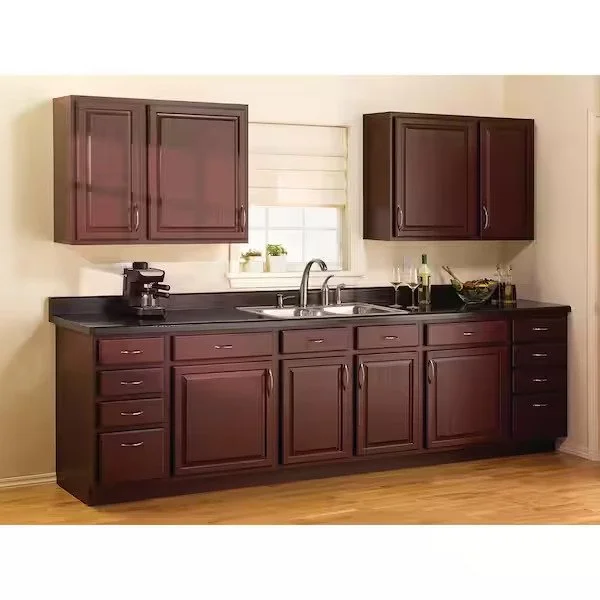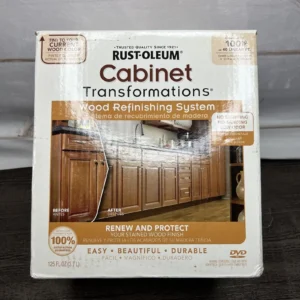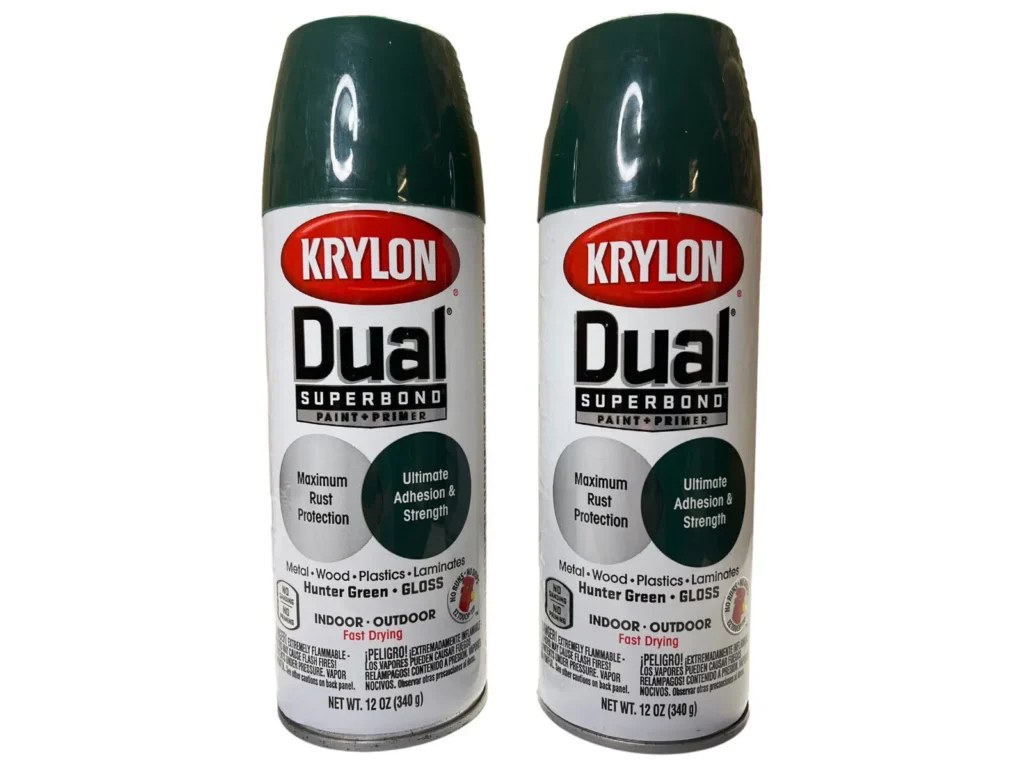Are you looking to give your kitchen cabinets a fresh new look? Painting them yourself is a great way to save money and add a personal touch to your kitchen.
However, with so many spray paint options available, it can be overwhelming to determine which one is best for your kitchen cabinets.
As someone who has tackled many DIY kitchen projects, including painting cabinets, I’m here to share my experience and guide you in choosing the right spray paint for your kitchen cabinets.
Can You Use Spray Paint on Kitchen Cabinets?
Yes, you can definitely use spray paint to update your kitchen cabinets. In fact, using spray paint is a fantastic option for painting kitchen cabinets. It provides a smooth and even finish, making your cabinets look professionally done. It also allows for quick and easy application, saving you time and effort compared to traditional brush painting.
What Kind of Spray Paint to Use on Kitchen Cabinets?
When it comes to selecting the perfect spray paint for your kitchen cabinets, you’ll want to focus on paints that offer durability, a smooth finish, and long-lasting color. Two standout products in this category are Rust Oleum Cabinet Paint and Krylon Dual Superbond Paint.

These products are designed to adhere to various cabinet surfaces and provide a professional finish that can make your cabinets look brand new.
Best Spray Paints for Kitchen Cabinets
1. Rust-oleum cabinet transformations wood refinishing system

This all-in-one kit is perfect for beginners or those looking for a hassle-free painting experience. It includes everything you need to transform your cabinets, including a deglosser, base coat, decorative glaze, and protective top coat. The paint is self-leveling, which means it smooths out any brush marks for a flawless finish.
2. Krylon dual superbond paint + primer

This spray paint is known for its excellent adhesion and durability. It’s specifically formulated for tough surfaces like wood and laminate, making it ideal for kitchen cabinets. It dries quickly and provides a smooth, even coverage that will last for years to come.
Types of Spray Paints to Avoid
While there are many great spray paint options for kitchen cabinets, there are also a few types to avoid. Here are two types of spray paint that may not be ideal for this particular project:
1. Oil-based spray paints
Oil-based paints can take longer to dry and may yellow over time, which is not ideal for cabinets. They also tend to have a strong odor, so if you’re looking for a more user-friendly option, it’s best to steer clear of oil-based spray paints.
2. Water-based spray paints
While water-based paints are more environmentally friendly, they may not offer the same level of durability as their oil-based or wood-friendly counterparts. If you want your cabinets to withstand daily wear and tear, it’s better to opt for a paint specifically designed for wood surfaces.
Factors to Consider When Choosing Spray Paint for Kitchen Cabinets
1. Consider the material and texture of your cabinets
Some spray paints work better on smooth surfaces, while others are formulated for textured or grainy surfaces. Make sure to choose a paint that will adhere well to your cabinet material.
2. Think about the finish and sheen you want for your cabinets
Spray paints come in a variety of finishes, from matte to high gloss. Consider the overall look and feel you want for your kitchen and choose a paint that matches your aesthetic.
3. Think about the color and style of your kitchen
The color of your cabinets can drastically change the look of your kitchen. Think about the color scheme and style of your kitchen when choosing a spray paint. Consider using color swatches or samples before making a final decision.
4. Look for durability and stain resistance
Look for spray paints that offer durability and resistance to stains, chipping, and fading. Your cabinets endure a lot of use and abuse in the kitchen, so it’s important to choose a paint that will hold up well over time.
Is It Better to Spray or Brush Paint Kitchen Cabinets?
While both spray painting and brush painting can yield satisfactory results, spray painting tends to provide a smoother and more even finish. It also allows for quicker application and drying time. However, brush painting offers more control and is better suited for cabinets with intricate details.
Conclusion
Choosing the right spray paint for your kitchen cabinets is crucial for achieving a beautiful and long-lasting finish. By considering the factors mentioned above and selecting a high-quality spray paint, you can transform your kitchen cabinets and give your kitchen a fresh new look.
So, go ahead and spruce up your kitchen with a splash of color and style!
Now I want to hear from you. Have you ever used spray paint on your kitchen cabinets? If so, which brand or type did you choose and why? Share your experiences and thoughts in the comments below.
